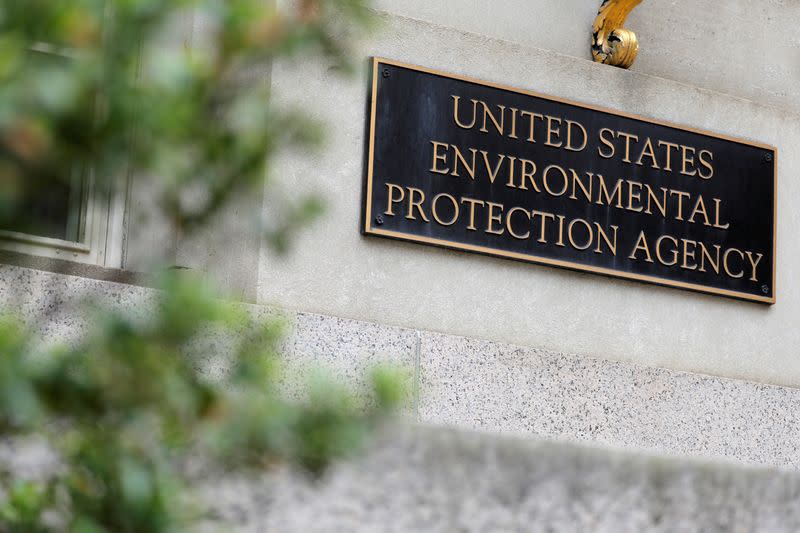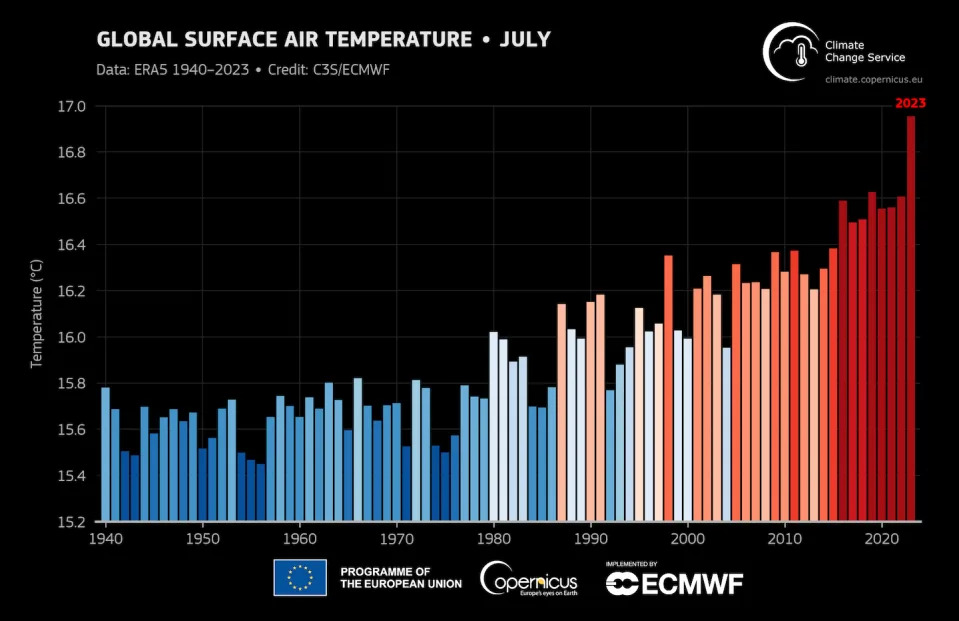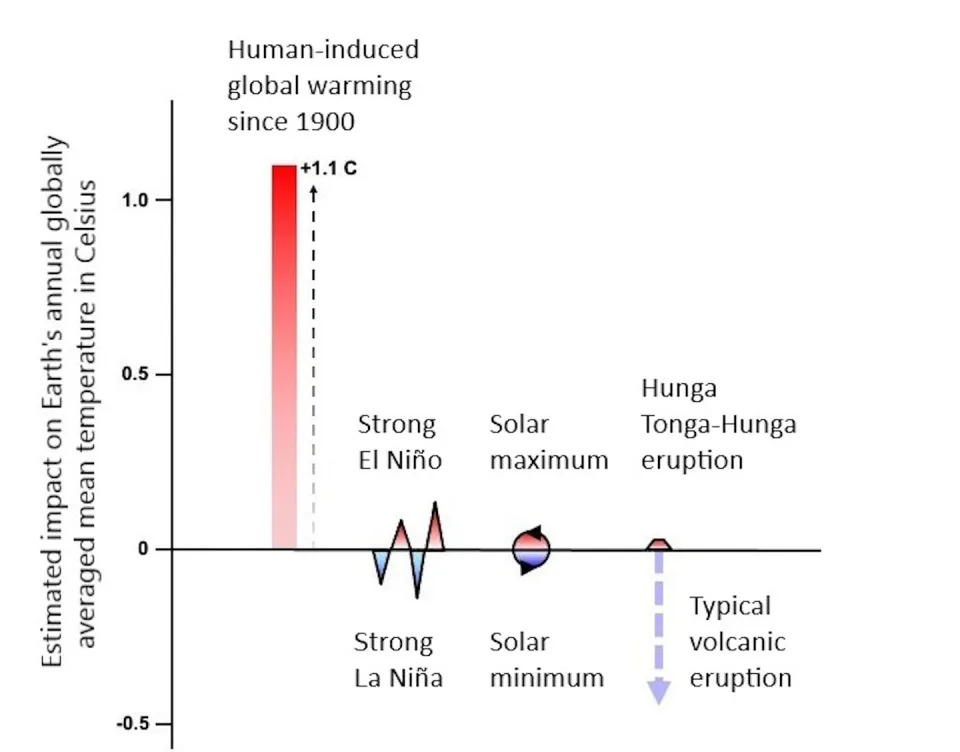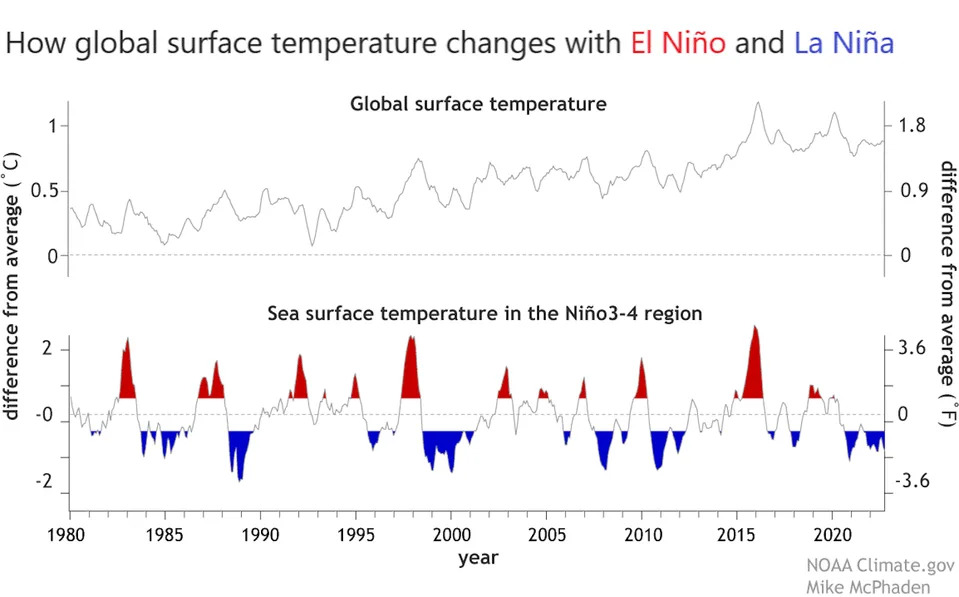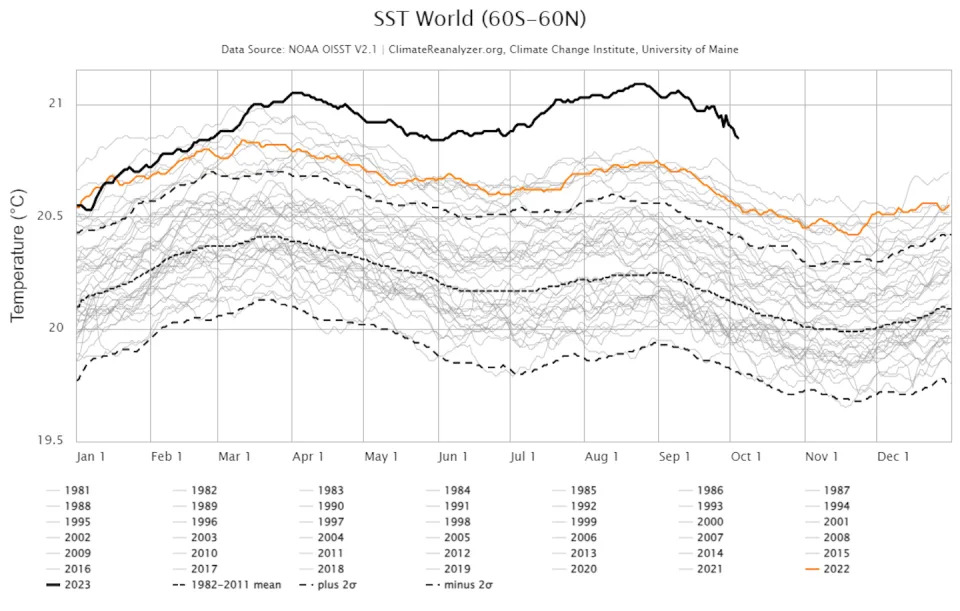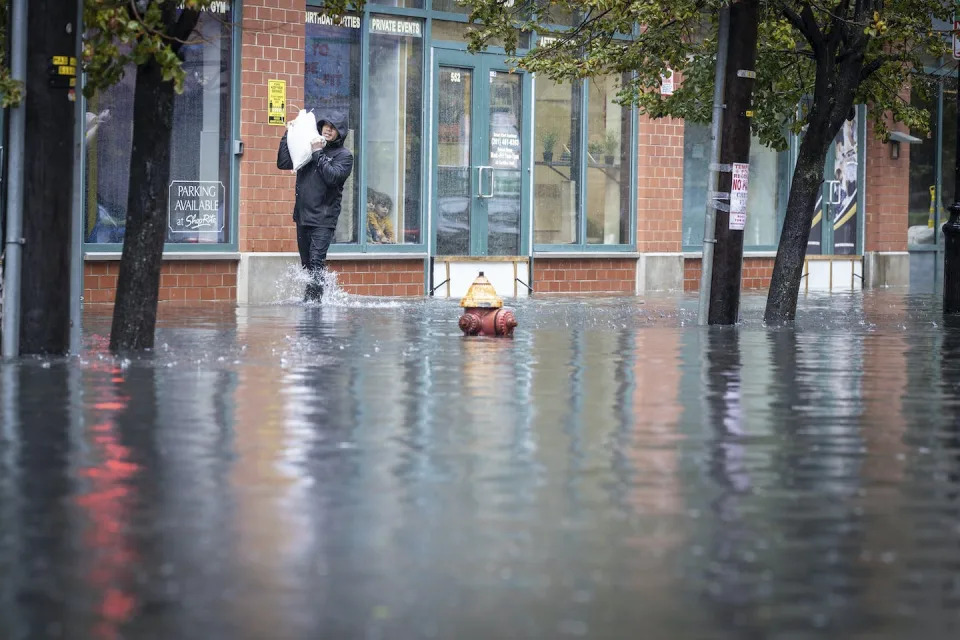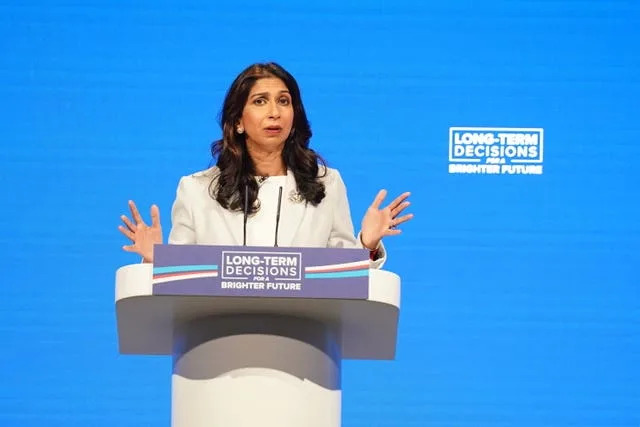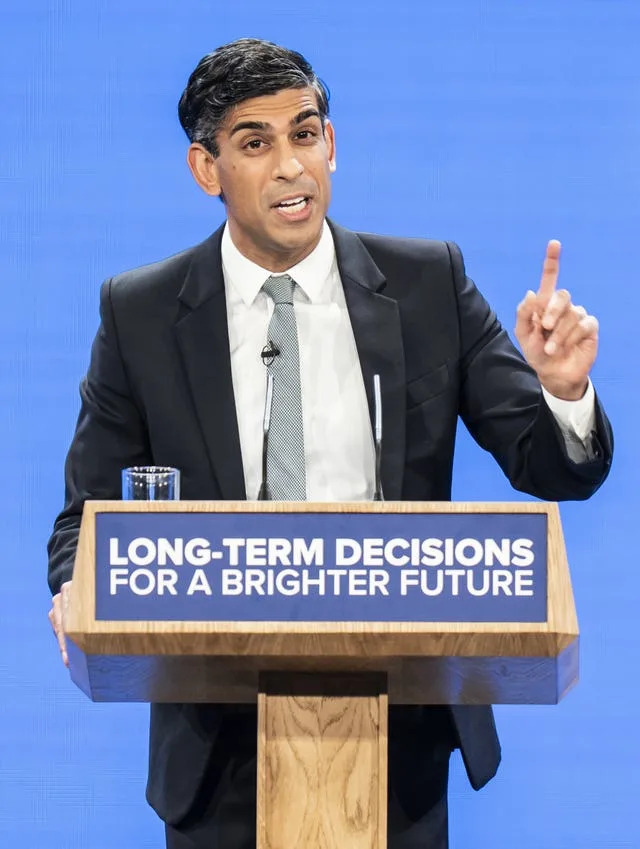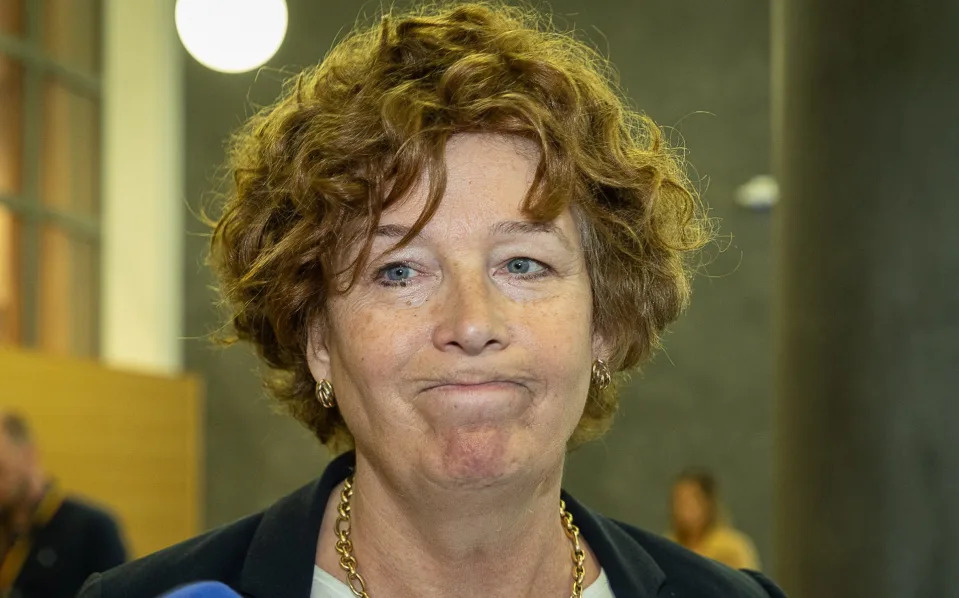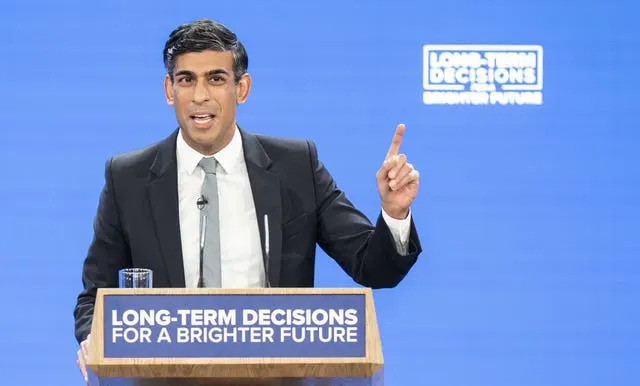Reuters
Fri, October 6, 2023
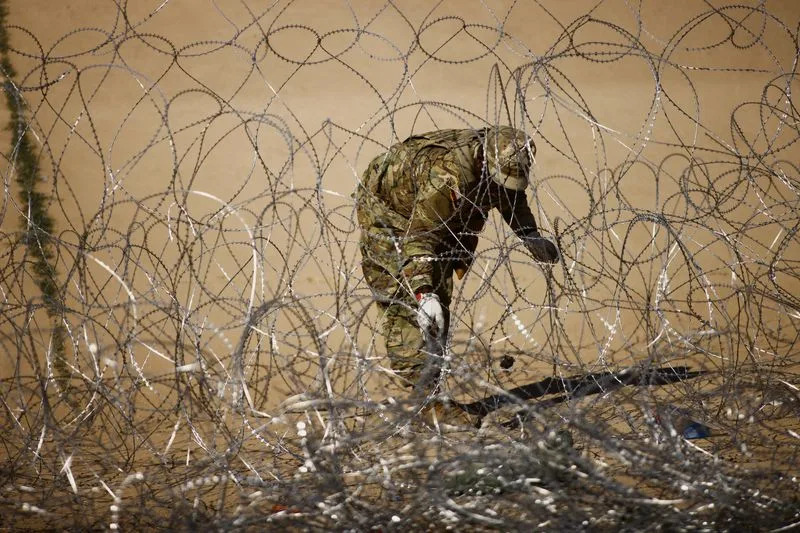
A member of the Texas National Guard works on a razor wire fence near a border wall on the banks of the Rio Bravo River, as seen from Ciudad Juarez
MEXICO CITY (Reuters) -The U.S. government does not want to build new sections of wall on its border with Mexico, Mexican President Andres Manuel Lopez Obrador said on Friday, expressing doubt that the planned construction would be carried out.
"It's pure publicity," Lopez Obrador said in a regular morning press conference, after the Biden administration announced it would build additional sections of border wall, carrying forward a signature policy of the Trump administration.
A high-ranking delegation of U.S. officials met Thursday with their Mexican counterparts, among them U.S. Secretary of State Antony Blinken.
"They don't want to (build more sections of the wall), that's what they told us," Lopez Obrador said.
U.S. President Joe Biden said on Thursday that the funds allocated for the construction were appropriated by Congress and that he could not, by law, redirect the money.
Biden, when he took office in 2021, pledged that "no more American taxpayer dollars be diverted to construct a border wall."
Mexico's president added that in the meetings the day before, the Mexican delegation expressed that Mexico "does not believe (additional border wall construction) to be the answer to the migration problem."
"We've always spoken about tending to the root causes," Lopez Obrador said.
(Reporting by Kylie Madry)

